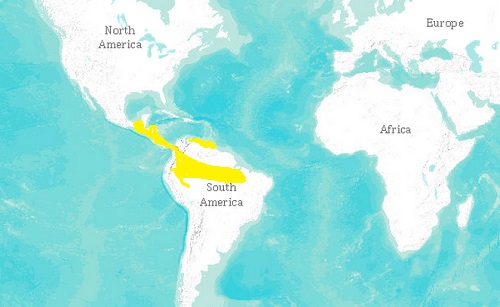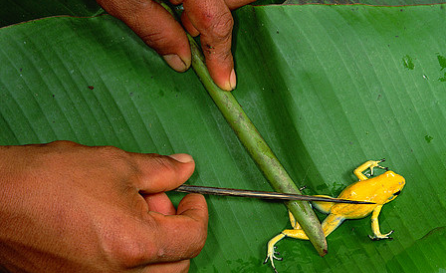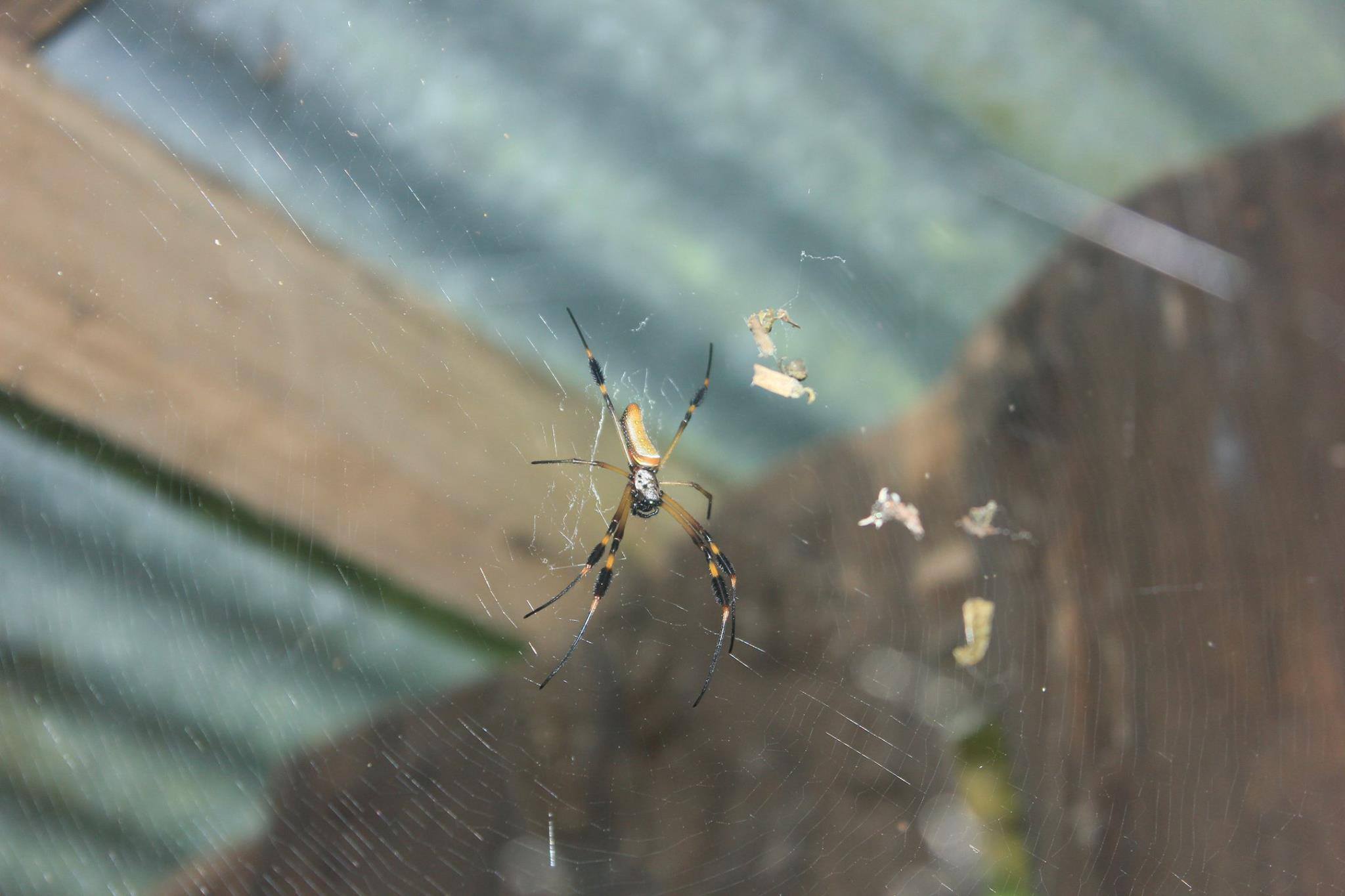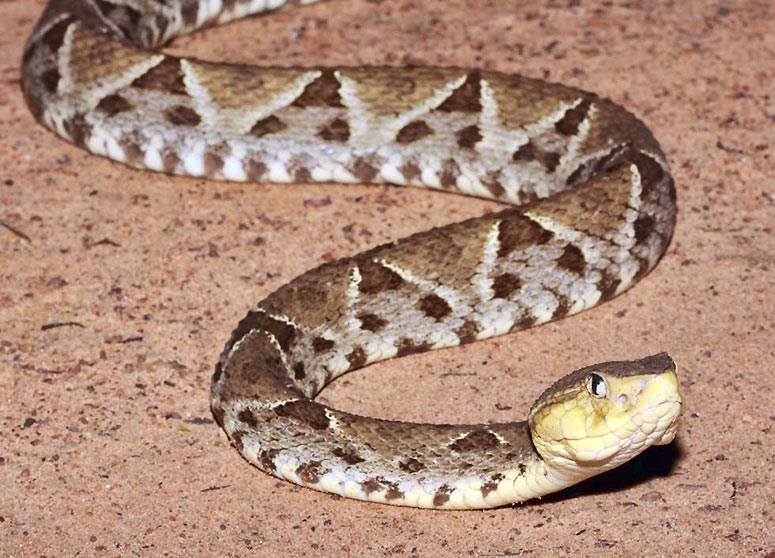by: Kahsennaró:roks Deom

What is Light Pollution?
Light pollution is defined as the artificial, man-made light that ‘contaminates’ the purity of the night sky.1 At first, this may seem like a non-issue, but it doesn’t just prevent everyday civilians from looking at the stars at night. Light pollution also means that it impedes on the health of humans, mammals, insects, and even plants – directly or indirectly (Not to mention it probably affects astronomers and other scientists – but that is another topic). The question “what is light pollution?” isn’t simply answered by defining it. As a community, those who are interested in the topic must understand how light and its pollution is measured, who it is affecting, how it is affecting them, and how to control this issue. Hopefully this post will help those interested in light pollution learn more on how they can combat the issue.
How to Quantify Light Pollution?1
To start, you must know that light pollution isn’t a problem all the time. It is only considered a problem when it is night time (when the sky is dark), and it depends on the amount of natural light that is available. So, an unpolluted area is an environment illuminated by natural light only, very little artificial light of a certain wavelength, or not illuminated at all. This area is usually outdoors (or indoors when light is not compromising health). A polluted area can be indoors and outdoors, and is highly illuminated by artificial light of a short wavelength.
The addition of artificial light is measured by concentration in volume, emissions, direction, spectrum, relativity, and physiology of vision. Some of these measurements will be discussed further in the text.
As mentioned above, short wavelengths (blue and green) are more severe for both viewing the night sky and the health of the planet. This is because short wavelengths indicate time of day for certain organisms while also affecting metabolism and other functions. They also affects our view of the night sky because they produce the most sky glow (diffusion of photons by moisture and air particles, resulting in a brighter sky).
Who is Affected?
Humans bear significant consequences of light pollution, but we aren’t the only ones. Along with use, mammals, birds, insects, plants, and many more are affected by artificial light at night
Humans are affected by light pollution because it impacts melatonin production, which impedes on our natural sleep cycle and has been linked to higher rates of breast cancer and prostate cancer. Our human biology has depended on the light/dark cycle adaptations, as all organisms’ biology is. In summary, our ancestors were active during the day, with the help of natural light, and restored their energy at night, with the help of the dark. Our bodies are adjusted to this cycle. One process that humans rely on that is aided by the day/night cycle, is pineal melatonin. This hormone is created in the pineal gland (the brain) and distributed to various parts of the body that use it. For instance, we use melatonin for sleep – it decreases vigilance and increases fatigue. It also repairs DNA, and manages or pituitary and ovarian hormones. These repairs happen when we sleep.
Artificial light was popularly introduced not too long ago (around 120 years). With this fast development, our biology hasn’t been able to adapt as quickly as it did to the natural light cycle. Due to the introduction of artificial light seeping through our windows at night, LED phone screens, etc., melatonin production is being suppressed. This causes our night/day cycles to lag (why one might be tired during the day even after a good night sleep), reduces fatigue, and reduces the amount of melatonin produced. this means that the areas in our bodies that need repair, aren’t being attended to at the same rate.
According to Haim et al. (2013), in a study, mice were treated with male prostate cells and were put under different light conditions. Some mice with shorter artificial light days were given another 30 minutes of light after being in the dark for 7 hours. Some mice with longer days of artificial light were treated with melatonin during the dark period. Those with the longer days had larger tumors than the short-day mice, and they also had lower melatonin levels. this shows that a longer exposure of artificial light increases the risk of cancer.
Other studies showed hat women with lower levels of melatonin were had larger tumors than women who were otherwise healthy, and were more at risk of cancer than others.
Nocturnal Predators, Migratory Birds, and food webs
At night, in terms of short term safety, artificial light is great for humans for visual aid; however; it shouldn’t be shocking that other animals would disagree!

Nocturnal mammals3:
- They have a high amount of rods in their eye biology, allowing for high visual stimulation by a low number of photons.
- Having few cones means they are easily blinded by bright lights.
- Dark nights are ideal for activities such as hunting.
- On bright nights, prey stay in the out of the moon light, for there are other predators that are not necessarily nocturnal
- With increased artificial light impeding on wildlife habitats, nocturnal predators are less likely to see their surroundings and are unable to catch as much prey, due to the prey’s preferred area of safety.
- Nocturnal animals don’t hunt in complete dark, so hunting with brighter light (depending on wavelength and intensity) can lead to higher accuracy, but less prey would be caught.
Migratory Birds3:
- It has been noticed especially by lighthouse keepers that birds tend to be attracted to light.
- Hunters used to use light to attract birds, and birdwatchers use light now to grab the attention of birds.
- Some songbirds travel at night to avoid the presence of predators.
- Birds are attracted to highway lights, city lights, radio towers and airplane towers.
- This attraction leads many birds to collide with buildings and structures, killing millions each year5.

Pea aphids and Great bird’s foot trefoil4
- The pea aphid’s food source is a flowering plant called the “Great bird’s foot trefoil”.
- In a study done at the University of Exeter in the United Kingdom recorded the effects of artificial light on the food web between the aphid’s predator, the carabid beetles, aphids, and the trefoils
- With and without the presence of the aphid, the trefoil density decreased due to both white light (LED) and amber light (HPS)
- Aphid presence also decreased due to both lights.
- There was no recorded changes in the predator’s presence, but in another observation noted in this study, the carabid activity increased, which had consequences on its prey and in turn, on the prey’s food source.
Costa Rica: Turtle-Hatching 6
In Costa Rica, we had an opportunity to observe sea turtles hatching their eggs at night by the ocean. We learned there that when the turtle eggs hatch, the hatchlings wait until dark to make their way into the ocean. This is because they depend on the moon’s reflection on the water – they look for the brightest horizon to find the ocean. When there are other light sources near the beaches, such as city lights or lamp posts for beach visitors, they can mistake that source as the brightest horizon. With excess light, they are exposed to predators, and can lose themselves by losing track of the ocean.
Different Light Types7,8
As mentioned above, there are many different light types – different wavelengths showing different colours. Some lights produce colors of short wavelengths, while other have longer wavelengths. Shorter wavelength-lights, such as LEDs, are shown to have worse effects on vision and biology compared to longer wavelength-light, like LPS (low pressure sodium).
Different light types range from LEDs, PCA LED (Phospho-converted amber LED), NBA LED (narrow band amber LED), HPS (High pressure sodium), and LPS.

What is Being Done?
Flagstaff, Arizona9:
- Started the Dark Skies Coalition – spread awareness of light pollution and promote dark nights.
- The city has installed lights that are covered on the top, as to not travel upwards and impede on view.
- Using mostly amber lights, with high wavelengths.

Natural Sounds and Night Skies division of the National Parks10:
- Also promoting dark night skies – not only for visitors at the National Parks, but also for those who live in national parks (AKA not humans)
- Reduce amount of light used in parks (mainly only on the paths for visitors).
- Lights are shielded and there is no blue light.
- Yellowstone National Park also educates its visitors on astronomy and the increasing problem with light pollution.

Sources:
1 Hollan, Jan. “What is Light Pollution and How do we Quantify it?”. N. Copernicus Observatory and Planitarium. Dec 2006.
2 Haim, Abraham, Boris A. Portnov. “Light Pollution as a New Risk Factor for Human Breast Cancer and Prostate Cancers”. Springer. 2013.
3 Rich, Catherine, Travis Longcore. Ecological Consequences of Artificial Night Lighting. Island Press.
4 Jonathan Bennie, Thomas W. Davies, David Cruse, Richard Inger, Kevin J. Gaston. Cascading effects of artificial light at night: resource-mediated control of herbivores in a grassland ecosystem. Philosophical Transactions of the Royal Society B, March 2015.
5 Ebersole, Rene. “Collateral Damage”. Audubon. Jul-Aug 2014.
6 “Sea Turtle Conservation”. International Dark Sky Association.
7 “LED Lighting and Dark Skies”. Flagstaff Dark Skies Coallition. 24 Apr. 2018.
8 “The Color of Lights: More than Meets the Eye”. Illinois Coalition for Responsible Outdoor Lighting. Jan. 2011.
9 “Home”. Flagstaff Dark Skies Coallition. 2 May. 2018.
10 “Night Sky Initiatives: Yellowstone National Park”. National Park Services.
11 Howell, Elizabeth. “‘Sky Glow’ Kickstarter Takes on Light Pollution of the Night Sky”. Space. 8 May. 2015.
12 “Winding Through Highway 1 and Redwood Forest at Night”. Youtube, JesdaG, 25 May. 2018.
13 Rich, Catherine, Travis Longcore. Ecological Consequences of Artificial Night Lighting. Pg. 79, Island Press.
14 “Lamp Spectrum and Light Pollution”. Flagstaff Dark Skies Coallition. 2 May. 2018.








 Figure 1
Figure 1 Figure 2: From the smallest to the biggest castes: the minims, mediae, majors and drones
Figure 2: From the smallest to the biggest castes: the minims, mediae, majors and drones Figure 3: The nursing minim ants on top of the much larger queen ant
Figure 3: The nursing minim ants on top of the much larger queen ant Figure 1: strawberry poison dart frog habitat region.
Figure 1: strawberry poison dart frog habitat region. Figure 2: strawberry poison dart frog common morph.
Figure 2: strawberry poison dart frog common morph.
 Figure 4: golden orb weaver spider
Figure 4: golden orb weaver spider Figure 5: pit-viper vs. nonvenomous snake
Figure 5: pit-viper vs. nonvenomous snake Figure 6: fer de lance snake
Figure 6: fer de lance snake Figure 7: Manchineel tree’s poisonous apple
Figure 7: Manchineel tree’s poisonous apple Figure 8: Manchineel tree
Figure 8: Manchineel tree



 Figure 1: Mural of Baird’s Tapir at Rio Celeste, Bijagua.
Figure 1: Mural of Baird’s Tapir at Rio Celeste, Bijagua.

 Figure 4: Tapir calf. Prague zoo
Figure 4: Tapir calf. Prague zoo Figure 5: Baird’s Tapir in Water. Los Angeles Zoo.
Figure 5: Baird’s Tapir in Water. Los Angeles Zoo.



